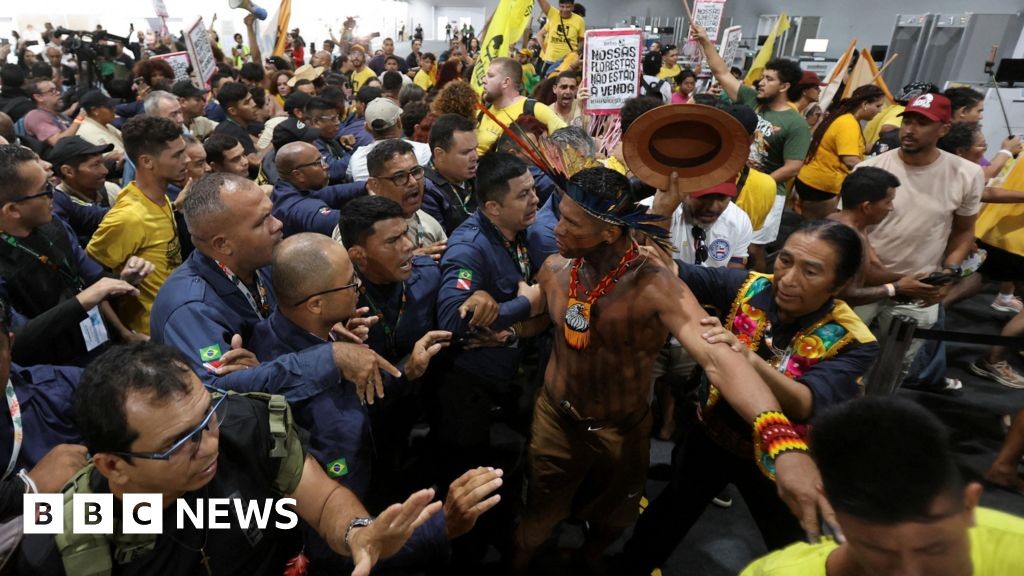Recent weeks have seen a surge in both natural disasters and civil unrest across Latin America, stretching resources and exposing vulnerabilities in infrastructure and governance. From catastrophic hurricanes to violent protests and bizarre incidents, the region is grappling with multiple crises simultaneously.
Hurricane Melissa Devastates Jamaica
The most immediate crisis is the aftermath of Hurricane Melissa, a Category Five storm that slammed into Jamaica with sustained winds of 185 mph (295 km/h). Aerial footage reveals widespread destruction in towns like Black River and Falmouth, where buildings, power lines, and even a church visited by King Charles have been flattened. The southwest of the island bore the full force of the storm, leaving large swaths without power and infrastructure crippled. The Jamaican Red Cross is leading recovery efforts, but the scale of the damage suggests a long and arduous rebuilding process. Drone footage shows homes submerged and communities isolated, highlighting the vulnerability of Caribbean nations to extreme weather events.
Political Unrest and Violence in Peru and Mexico
Beyond the hurricane, Peru has been rocked by violent protests, with police deploying tear gas against demonstrators. Footage shows protesters seeking shelter as clashes escalate, underlining the deep political divisions within the country. Meanwhile, in Mexico, a massive fire engulfed homes, suspected to have been caused by an illegal pyrotechnics warehouse, further demonstrating the dangers of unregulated industries.
The political instability extends to the halls of power: a brawl erupted in the Mexican Senate, with senior politicians exchanging punches and slaps during a debate. This brazen display of aggression underscores the fractured political landscape.
Bizarre Incidents and Everyday Chaos
Adding to the region’s turmoil, a series of bizarre incidents have captured public attention. In Mexico City, a soda truck plunged into a sinkhole, revealing the city’s crumbling infrastructure. In Peru, an earthquake interrupted a church mass, sending worshippers fleeing in panic.
Broader Trends and Implications
These events aren’t isolated incidents. They reflect a broader pattern of instability across Latin America, driven by a combination of climate change, political polarization, economic hardship, and weak governance. The increasing frequency and intensity of extreme weather events, like Hurricane Melissa, expose the region’s vulnerability to climate-related disasters.
The unrest in Peru and Mexico points to deeper systemic issues, including corruption, inequality, and a lack of accountability. The bizarre incidents – sinkholes, earthquakes, brawls – are symptoms of a region struggling to maintain order and stability.
The region faces an urgent need for investment in infrastructure, disaster preparedness, and good governance. Without addressing these underlying problems, Latin America will continue to be defined by crisis and chaos.
The combination of natural disasters, political violence, and everyday instability paints a grim picture for the region’s future. The challenges are immense, and the path forward is uncertain
